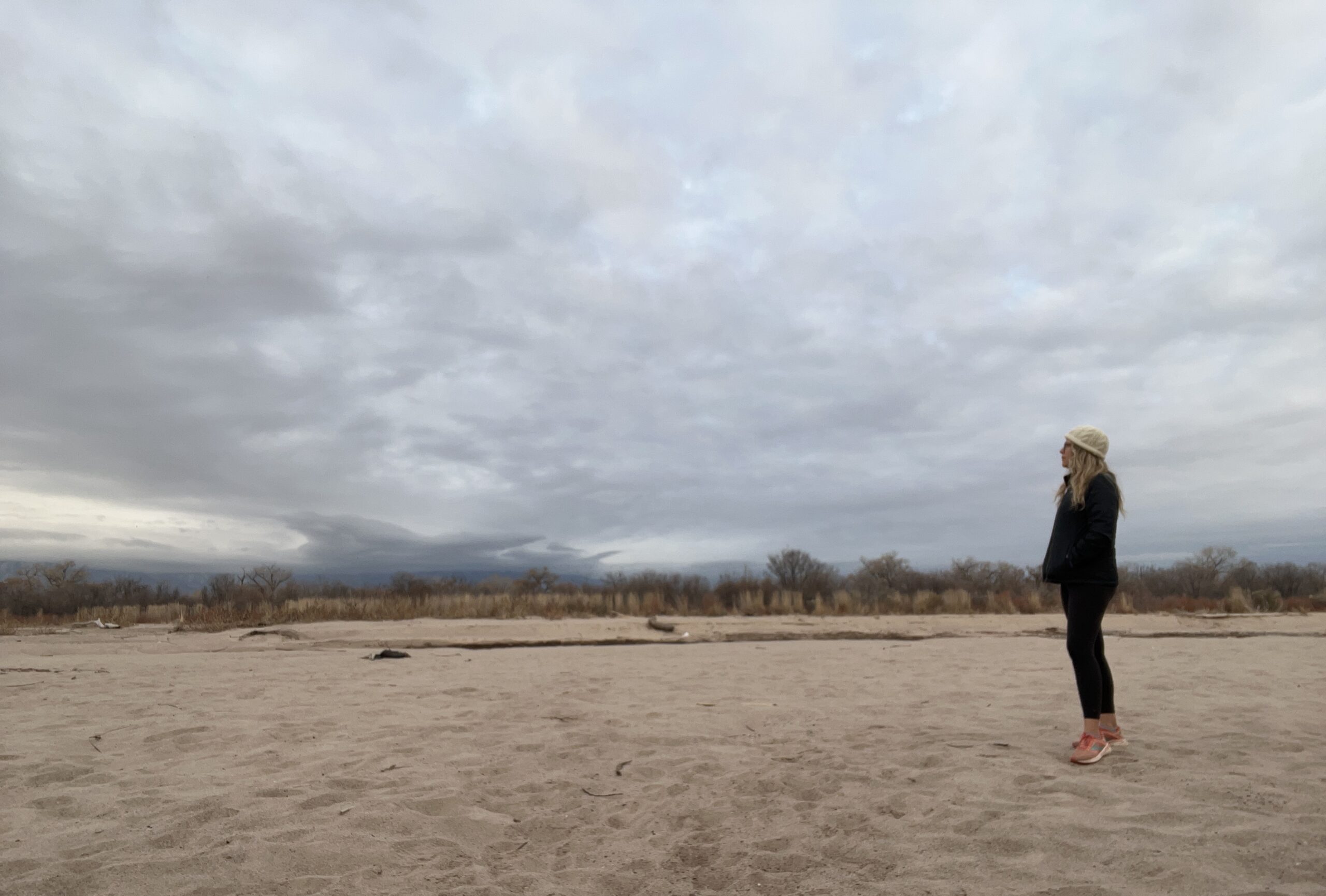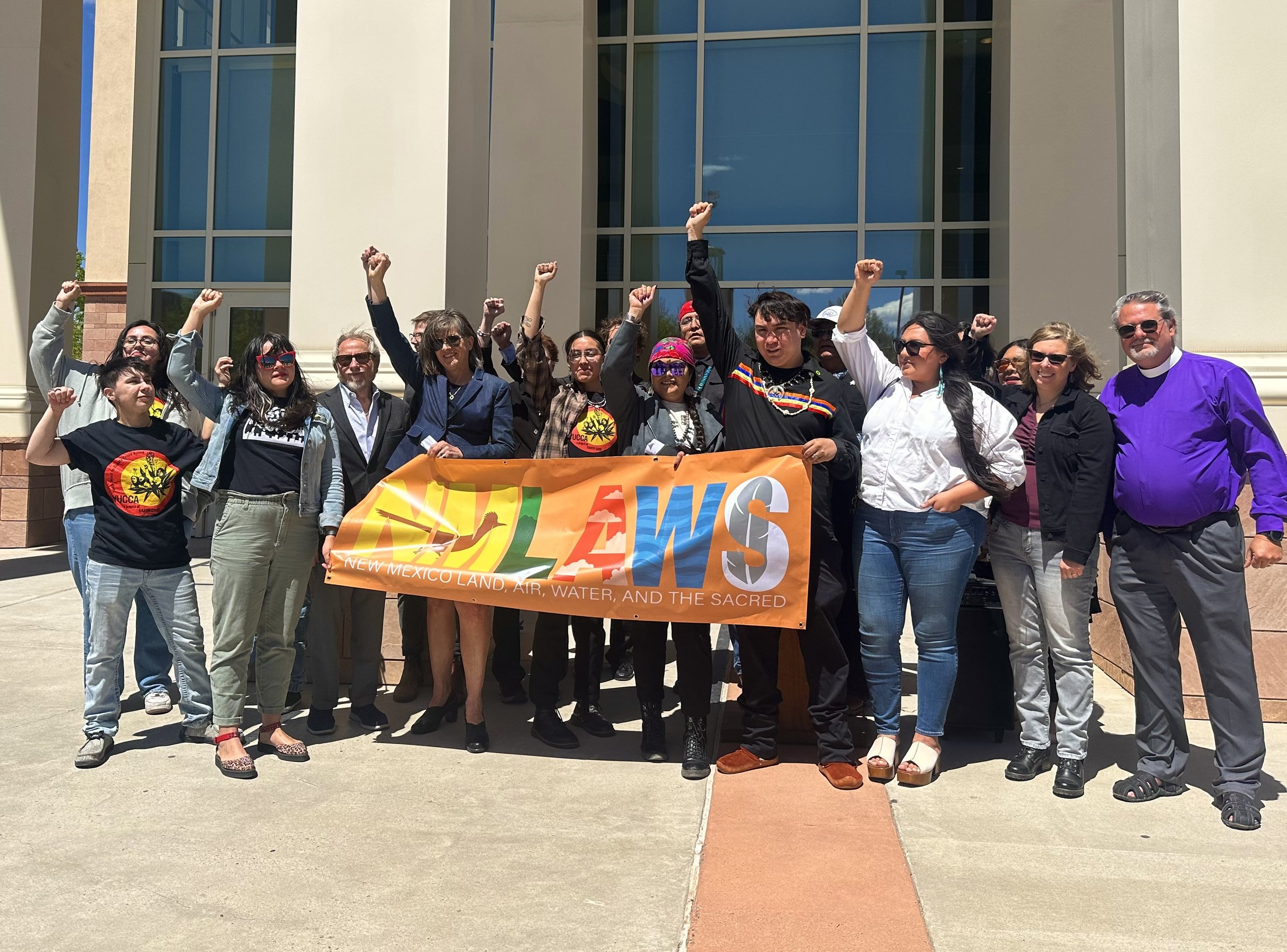‘Even higher risks’ for the Southwest
Last week, a study came out in the Proceedings of the National Academy of Sciences showing that atmospheric moisture is not increasing as expected over arid and semi-arid regions as the planet warms.
The authors found that water vapor declined over the Southwest U.S. during the forty-year study period of 1980 to 2020. And, the authors write: “This is contrary to all climate model simulations in which it rises at a rate close to theoretical expectations, even over dry regions. Given close links between water vapor and wildfire, ecosystem functioning, and temperature extremes, this issue must be resolved in order to provide credible climate projections for arid and semi-arid regions of the world.”
According to NCAR, “The study noted that the situation is leading to an increase in vapor pressure deficit, which is the difference between the amount of moisture that the atmosphere can hold and the amount that’s actually in the air. When the deficit rises, it can act as a critical driver of wildfires and ecosystem stress.”
Need a take-home message? We already know the Southwest has become drier as it’s become warmer. This new study shows that the problem is more serious than previously thought.
“We could be facing even higher risks than what’s been projected for arid and semi-arid regions like the Southwest, which has already been affected by unprecedented water shortages and extreme wildfire seasons,” said NCAR scientist Isla Simpson, lead author of the study.

Meanwhile, here in New Mexico, Gov. Michelle Lujan Grisham is asking New Mexico legislators to approve a half-billion-dollar investment in what’s called a Strategic Water Supply. (Just to be clear, this is very different from the Strategic Water Reserve, which the Legislature created in 2005, or something like the Water Resources Management Strategy that the Albuquerque-Bernalillo County Water Authority released in 2016.)
The proposed Strategic Water Supply is focused on water for industry. According to a state document soliciting information about products, services, and suppliers: “As envisioned, the State of New Mexico will purchase treated brackish water and treated produced water under a contract agreement with individual vendors. Initially, the State of New Mexico will utilize the contract agreements with individual vendors to facilitate expanded industrial uses of the treated water. The State of New Mexico, in cooperation with the private sector, will ensure the demand for treated brackish water and treated produced water meets or exceeds the supply side of the treated brackish water and treated produced water to minimize water storage requirements.”
According to that document, the state’s purchase of treated water from private companies is meant to benefit “New Mexico and the nation’s transition to renewable energy by providing resources for water-intensive processes, such as creating clean hydrogen, storing energy produced by wind and solar, and manufacturing electric vehicles, microchips, solar panels, wind turbines, and other equipment critical to the energy transition.”
Until the proposal hit the legislature, I hadn’t seen any explanatory reporting around the Strategic Water Supply; the investment of $500 million of New Mexico’s public money in private industry; or how the reserve will benefit ecosystems, farmers, and cities into the future, though KUNM’s Nash Jones interviewed Capital & Main reporter Jerry Redfern last month. In that conversation, the two talked about the project’s uncertainties.
Today, over at New Mexico Political Report, Hannah Grover covers opposition to the governor’s plans. And I know that one of my favorite reporters is working on a deep dive into the issue; I’ll link to that story next week.
Also in the news:
• “Tribes sue to stop work on SunZia power line through San Pedro Valley” (Henry Bean, Arizona Daily Star)
• “SCOTUS to hear oral argument on Rio Grande Case” (Danielle Prokop, Source New Mexico)
• “New Mexico Battles to Clamp Down on Big Oil” (Jerry Redfern, Capital & Main)
• “State of the State: Here’s what Gov. Michelle Lujan Grisham said on environment” (Danielle Prokop, Source New Mexico)
• “FEMA leader overseeing NM fire compensation fund to step down, agency announces” (Patrick Lohmann, Source New Mexico)
• “Radius: The legacy of America’s nuclear weapons testing program” (Marisa DeMarco and Derek Kravitz, Source New Mexico and MuckRock)
• “Learning about land, food and ecology” (Lindsey Rae Gjording, Taos News)
• “Fighting fire with prevention: City project works to ensure the health, safety of the bosque” (Tristen Critchfield, Albuquerque Journal)
And Grist just announced the winners of its third “Imagine 2200: Climate Fiction For Future Ancestors” short story contest. You can read the collection of short stories on their website.
Coming up this week on the show, we consider something that New Mexico voters prioritized more than 50 years ago.
In 1971, New Mexico voters added a provision to the state constitution declaring that the protection of our “beautiful and healthful environment is hereby declared to be of fundamental importance to the public interest, health, safety and the general welfare.” It further directed the Legislature to provide for “control of pollution and control of despoilment of the air, water and other natural resources of this state, consistent with the use and development of these resources for the maximum benefit of the people.”
But some people who live in New Mexico’s oil- and gas-producing regions say that the state isn’t living up to the constitution. On the January 26 episode of New Mexico in Focus, you’ll hear from the Center for Biological Diversity’s Gail Evans, the attorney suing the state on behalf of clients in the Carlsbad and Four Corners areas, as well as Jozee Zuniga with Youth United for Climate Crisis Action and Daniel Tso, former Tribal Council delegate for the Navajo Nation.

Lastly, people use various terms to describe what’s happening to our planet as greenhouse gas emissions rise and the Earth becomes increasingly warm. Some of the terms you might be familiar with include global warming, climate change, climate crisis, climate breakdown, climate chaos, climate justice crisis, climate weirding, and climate emergency.
I recently polled some New Mexico scientists and scholars, asking what terms they use, and if they use different terms with different audiences. Seventy percent said they most often use the term “climate change.” And UNM Emeritus Professor Cliff Dahm added two others: “I currently use global change most commonly in my professional life. There are occasions where I prefer different descriptors. For example, I find utility in using a descriptor like climate whiplash to describe extreme climate variability that is more prevalent currently.”
There are a lot of different reasons why people use different terms. As a journalist, I’m always trying to convey information accurately and easily to the public, so I appreciated this answer from retired UNM Professor David Gutzler:
“Your first two choices [climate change and global warming] describe what’s happening in nature—what I see in the data. There’s been some silly manufactured “controversy” over whether scientists should use, or formerly used, global warming (which doesn’t cover the full range of changes) vs. climate change (which includes natural variability as well as the changes forced by human activity). But folks I know in the climatology research community tend to use these terms interchangeably in conversation without making much fuss about using one vs. the other. Crisis/breakdown/chaos seem to me to refer to perceptions of the socioeconomic effects of ongoing anthropogenic climate change. As a humble (retired) scientist those characterizations take place above my pay grade.”
So, for now, I’m going to keep using the phrase “climate change” while continuing to report on how a warming climate affects pretty much every aspect of our lives.
P.S. If a friend forwarded you this message, sign up here to receive the newsletter yourself. You can also read recent newsletters online. And if you miss us throughout the week, follow Our Land on Instagram.


